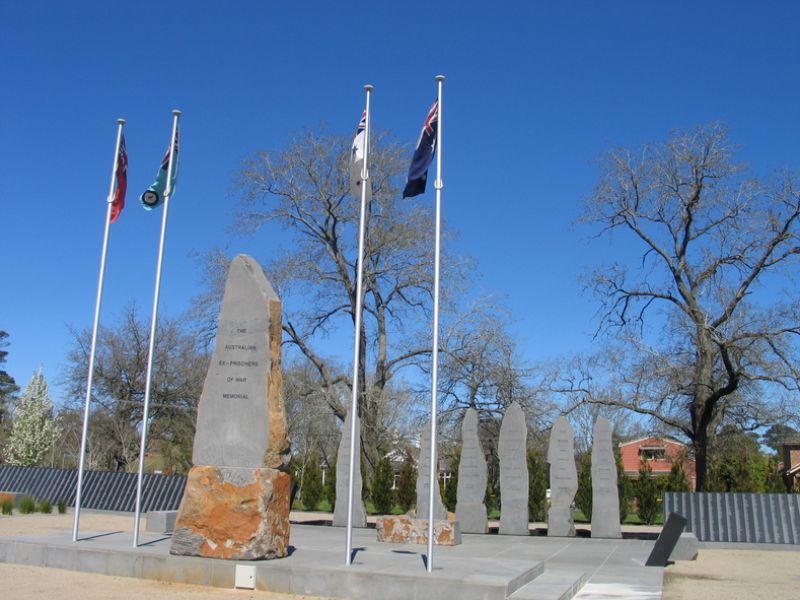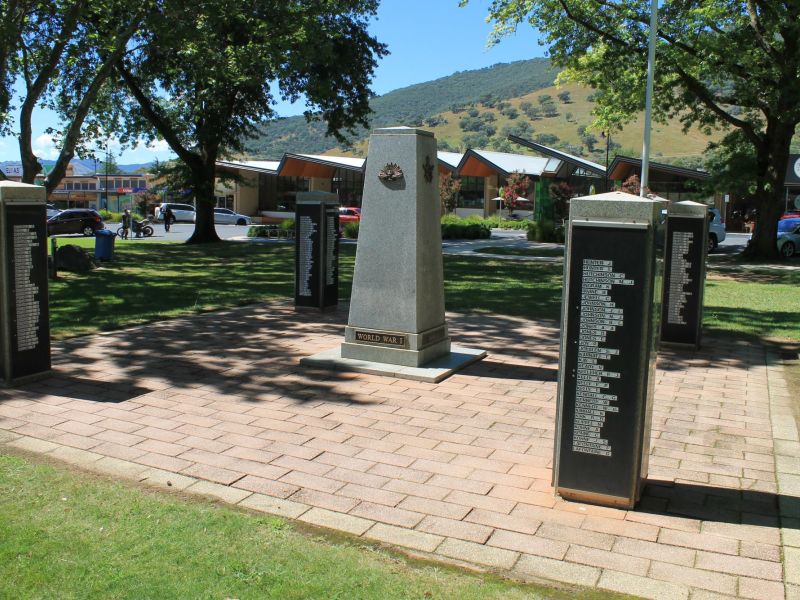Harold John Bowran
Harold was born on the 2nd of April, 1922, in Tallangatta, Victoria. He was one of four surviving children to George Edward and Eleanor Phoebe (née Sawyer). George had enlisted and fought, and had been severely wounded, with the 37th Battalion in the First World War.
Harold enlisted on the 17th of August, 1941, at Royal Park near Melbourne. He was allocated the Army Number VX61272 and placed in the 2/21st Battalion. He spent the first two months at the Recruit Reception Depot at Royal Park. From the 12th to the 18th of August he took leave without pay. On his return he was transferred to the 6th Infantry Training Battalion at Darley Camp in Victoria. One and a half months later he was posted to the 2/21st Battalion. Ten days later, on the 10th of October, he arrived in Darwin and marched into the battalion.
On the 13th of December the 2/21st embarked for overseas service. Their convoy consisted of SS Both, SS Valentyn and SS Patras and were escorted by the cruiser HMAS Adelaide and the corvette HMAS Ballarat. The convoy arrived at Ambon on the 17th of December, 1941.
The battalion was part of a larger force known as Gull Force. It comprised of not only the 2/21st, but also C troop 18th Anti-tank Battery, three sections of the 2/11th Field Company, one section of the Australian Army Service Corp, the 2/12th Field Ambulance Detachment, the 23rd Special Dental Unit, and the 104th Light Aid Detachment. The entire force consisted of approximately 1100 men.
Gull Force was to defend the strategic island’s air strip and harbour. The commanding officer of the 2/21st, Lieutenant Colonel Roach sent a number of messages to Army HQ in Melbourne outlining Gull Forces' need for more equipment, such as anti-tank artillery, mortars, heavier machine guns and medical supplies. He repeatedly warned his superiors in Melbourne that the Gull Force would only be able to hold out from the overwhelming Japanese forces for a few days. As early as December the 16th, the Australian military command and War Cabinet agreed that Lark Force (Rabaul), Sparrow Force (Timor) and Gull Force (Ambon) were to be left to their fate against overwhelming Japanese forces without the hope of reinforcement. In doing so they left over 4000 Australian Army and Air-force personnel at the mercy of the Japanese. Lieutenant Colonel Roach was replaced by Lieutenant Colonel W. J. R. Scott just prior to the Japanese landings.
On the 29th of January a convoy estimated to include 5 warships and seventeen transports was sighted on the approach to Ambon Island. The following night two Japanese landings, by marines at Hitu-lama and by an army regiment on the southern coast of the Latimore Peninsula, took place. The Japanese landing force would eventually comprise approximately 20000 troops, completely overwhelming the Australian and Dutch troops. All Allied resistance ceased on Ambon by the 3rd of February.
By February of 1942, Gull Force was in captivity at Tantui (see image) on Ambon. During the surrender of Gull Force, Japanese atrocities included the massacre of over 300 Australians and Dutch at Laha, Ambon on the 6th of February and between the 15th and 20th of February. Gull Force remained as POWs on Ambon until November of 1942 when half of the prisoners were transported to Hainan Island, off the coast of mainland China, aboard the Taiko Maru. Harold was in the second group which remained on Ambon. Of the 528 who stayed on Ambon 405 of them would die in the camp by the end of the war.
On the 6th of August, 1945, the day that the atom bomb was dropped on Hiroshima, and almost four years to the day he enlisted, Harold died of illness, Beri Beri, at Ambon. Of the original strength of 1131 personnel in Gull Force, only 352 made it back to Australia by the end of the war in the Pacific.
In Colin Finkemeyer’s book “It happened to us”, stories of the 2/4th Antitank Regiment during the war, a contributer, Reg Cowan, provides a description of Beri Beri.
“Beri beri is a strange illness; it’s caused mainly through malnutrition and could easily have been prevented by a small dose of vitamin tablets, had they been available. The deficiency can cause the whole or part of the body to fill with fluid, resulting in a puffy swelling. Press the swelling with your finger and it left a deep hollow. It didn’t seem to be a very discreet disease and would appear on any part of your body, and at worst, almost without any sign at all, it could take over your heart. Feet would become so swollen and stiff that it became impossible to walk. Scrotums, reputed to be somewhat elastic, would fill with fluid and swell to the size of a football. Very uncomfortable, very immobilising.”
Harold was buried in the Ambon War Cemetery in Indonesia. He is also remembered on the Australian War Memorial Roll of Honour, the Ballarat Australian Ex-Prisoners of War Memorial, and the Tallangatta RSL War Memorial. For his service, he was awarded the 1939-1945 Star, the Pacific Star, the Defence Medal, the War Medal 1939-1945 and the Australian Service Medal 1939-1945.
The following year was a tragic one for the Bowran family. Harold’s only sister, Edna, age 33, died in May of that year after being ill for some time. On Christmas day of that year, Leslie, Harold’s older brother passed away at the age 31 after complications set in following an appendix operation. George and Eleanor had also lost their first child, Joseph, in 1916 at the age of 1. By the start of the 1947 year they had only one child alive, Arthur, who passed away in 1987.
 Stephen Learmonth
Stephen Learmonth
